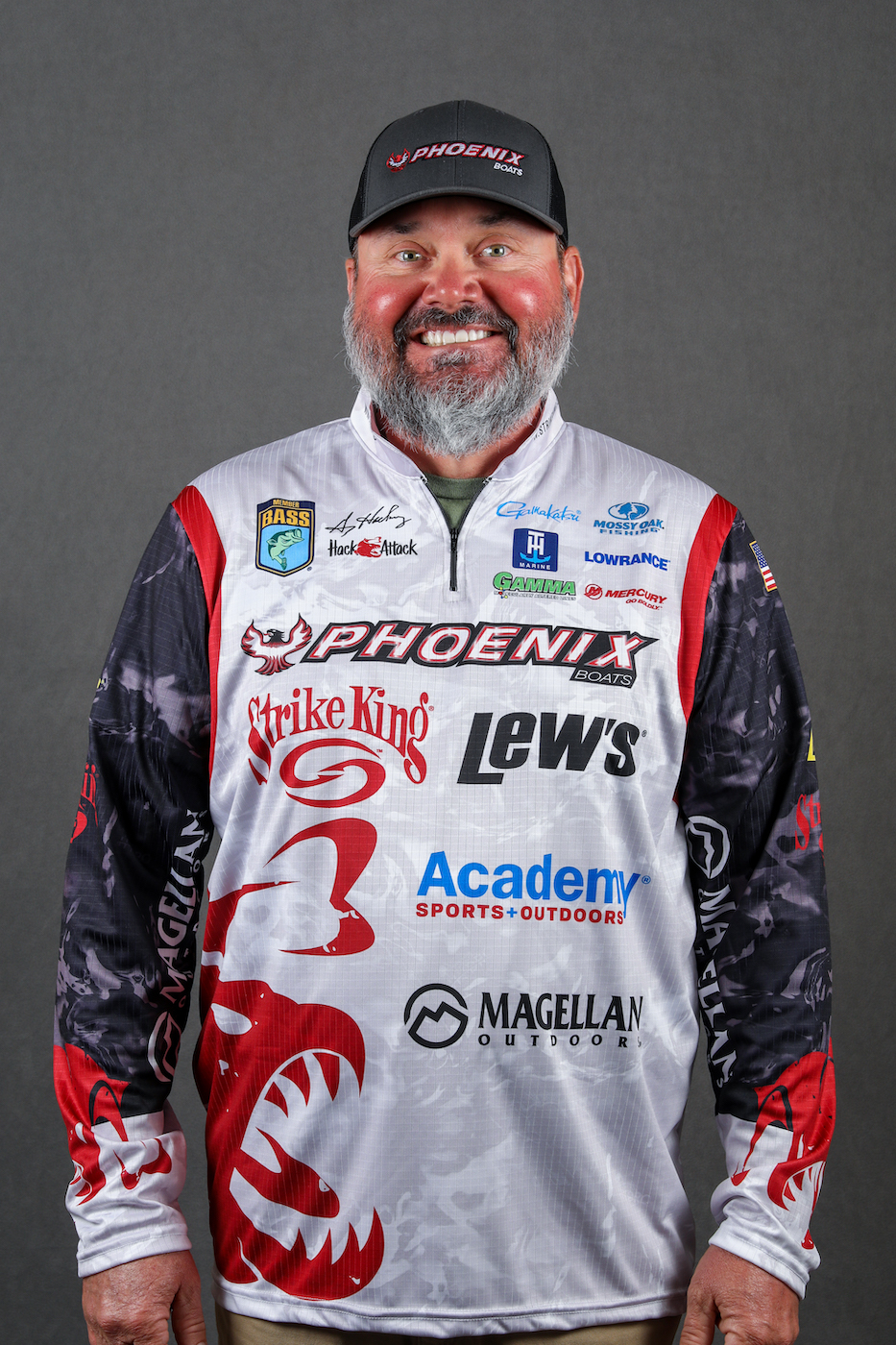This column, and next week’s as well, will cover some of the things that I learned fishing for smallmouth on Sturgeon Bay. Some of it applies only to serious tournament anglers but other parts of it apply to anyone who fishes even half seriously.
Before we talk about strategy, however, we need to set the table:
The only thing that mattered up there was the Toyota Bassmaster Angler of the Year (AOY) points. The Top 10 guys were spread out but the next 40 were bunched up fairly close together. I was in the Top 10. There was no way I’d fall far enough to drop out of Classic contention but, at the same time, it was impossible for me to win the AOY title. I was fishing for money.
That may sound harsh to some of you but this is a business. My wife and kids eat and they like to have a roof over their heads. Earning money matters to me just like it does to most of you.
Did I want to win? Sure. Wins are hard to come by in the Bassmaster Elite Series. I’d love to have won, but realistically my goal was to finish high enough so that I didn’t cost myself money.
That was my mindset going into practice.
Early on Monday I found some small fish shallow. They were around 2 pounds, maybe a little better. They weren’t big enough to win. I knew that. But I also knew that they would allow me to hold my place in the standings. With a sense of confidence I headed towards deep water.
This is one point where I think we should make a distinction between recreational anglers and tournament anglers. If I’d been fun fishing, I’d have stayed shallow much longer. Catching bass is fun. Why leave a good time?
So anyway, I was out in deep water. It didn’t take long before I started marking fish. You’ll note that I said fish, not bass. There’s no way anyone can tell a bass from a drum, a catfish or a walleye. I don’t care how good you are with your SONAR. I use Garmin electronics. They’re as good as anything that’s available, but they won’t tell you what kind of fish you’re seeing, or even if it’s a fish. Waterlogged sticks make lines, too.
Sometimes we can make an educated guess as to what we’re seeing by the size and location of the line. However, there is nothing inherent in a line on your screen that’ll tell you that. It’s about experience. (Don’t get fooled into always looking for an arch. Arches only show when conditions are perfect. Most times you’ll see a simple line.)
What I saw on my screen were straight lines in the 35 to 40 foot range. By their location I guessed they were predators, and big ones. I could tell they had size because the bottom of the line was sharp, thick and solid.
The next thing I had to do was determine if they were drum, walleye, catfish or smallmouth bass. There’s only one way I know how to do that — catch a couple of them.
Next week we’ll talk about how I did that.

